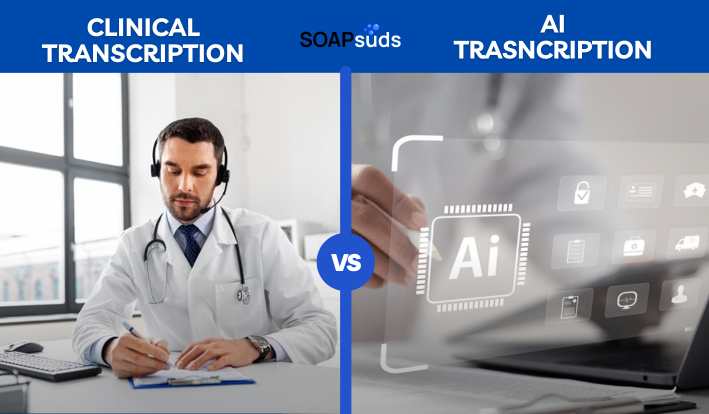Ambient Clinical Documentation in 2025
SOAPsuds team
Published: 8/12/2025
SOAPsuds team
Published: 8/12/2025

Senior living providers face growing challenges in maintaining quality care while managing documentation, compliance

In-person conversations and written communication are fundamentally different. When speaking face-to-face, we often include...

Therapists today spend a lot of their time on paperwork instead of focusing on their...

Remember handwritten memos? Those brief notes that once served as the main way to send...

Medical professionals balance their time between seeing patients and handling paperwork and clinical notes in...

Today, for the first time in recent history, most American clinicians are opting to...
Clinical Notes
SOAP notes
DAP notes
AI medical notes